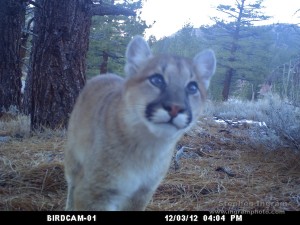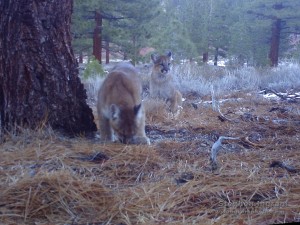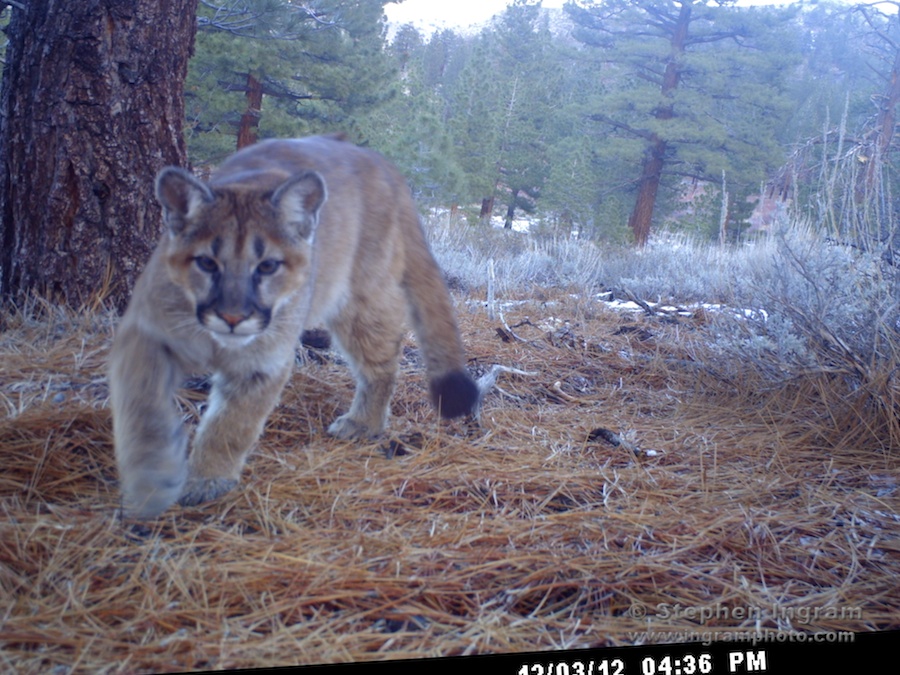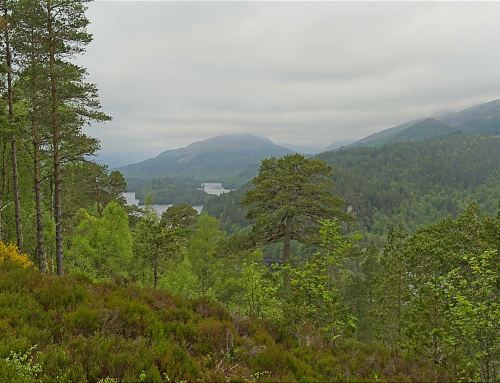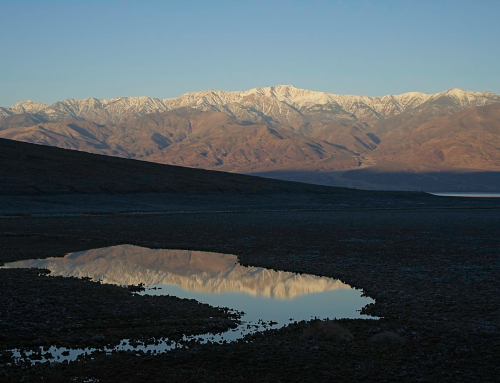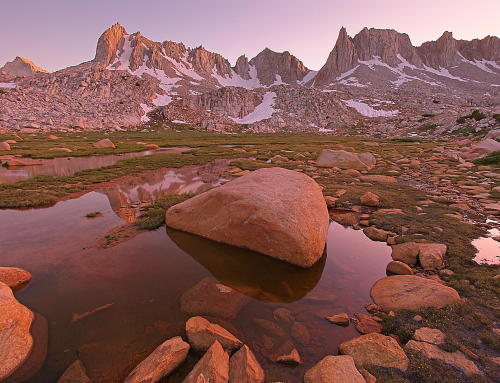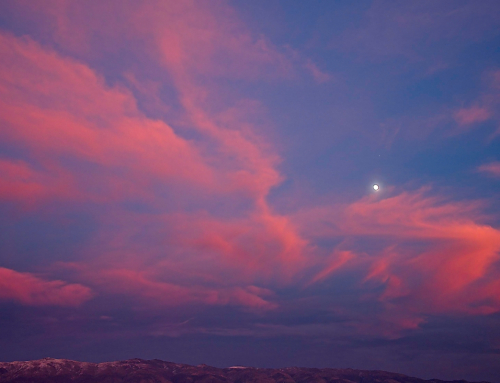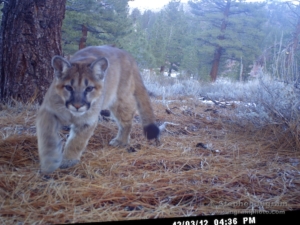
The use of camera traps has grown increasingly popular lately, especially at our house. My wife, Karen, gave me a simple camera trap as a Christmas gift last year, and we’d had pretty good luck capturing images of mule deer, gray foxes, ground squirrels, and birds and deer mice eating the seed we put out. This fall, we even got a bear feeding on apples in our neighbor’s orchard. Swall Meadows apples are very popular among the local bruins.
These so-called camera traps, also known as trail cameras or game cameras, are placed in remote areas to catch wildlife in the act of living wild. These cameras have shutters that are activated with an infrared or motion sensor, and they’re generally placed in areas where animals are likely to roam, such as obvious animal trails, at water holes, in caves or in large tree stumps. Hunters and wildlife biologists use them to document species presence in certain habitats. We were mostly just curious.
(There is a great blog with fantastic photos from a camera trapper here http://natureofaman.blogspot.com/ )
Then we set our sights higher and placed the camera in a remote area, leaving it out for 10 days in late November/early December. We selected a site among some young Jeffrey pines along an animal trail, strapped the camera around the lower trunk of a pine, and hoped we might capture migrating mule deer, bears, or perhaps something more elusive such as a bobcat. What we clearly did not expect to see was a family of mountain lions lounging about in the middle of the image frame!
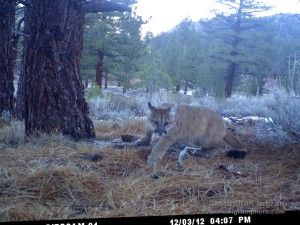
As I watched the series of over 50 thumbnails flash by after I first connected the camera to my computer, I stared in disbelief. Holy cats! After the images downloaded, I could see from the time stamp that the cougars came by December 3 at 10:10 am, stayed for 10 minutes, then returned at 4:02 pm that afternoon. The cubs came in close to inspect the camera, and one lied down momentarily before wandering off at 4:08 pm. They returned to within view of the camera again 30 minutes later, and the final image of a cub was made at 5:26 pm.
The cubs shown here are probably about 8 months old, and they may stay with their mother for as long as 2 years. These beautiful cats are noted to be common in the Eastern Sierra, but they are very rarely seen as they furtively follow migrating mule deer through their high mountain summer range and valley winter range. These photos aren’t up to my usual standards for sharpness, but the camera has a small f2.8 fixed aperture lens, so the depth of field is very shallow. Even if they’re not tack sharp, these images are some of the most exciting and fulfilling photos I’ve ever “captured” with a camera.
